I don’t usually write about my own work on this blog, but a recent opportunity to install a large scale installation of my sculpture in a church in Normandy, France

was sufficiently quirky for me to make an exception.
First and foremost this is a tale of collegiality and why artists can be , should be and ARE each others’ best allies. And so I start this post with a big THANK YOU to German artist Ulli Boehmelmann

who reached across the Atlantic to make a connection and offer a recommendation to an American artist she barely knew.
I was lucky enough to meet Ulli through Boston Sculptors Gallery when she came to Boston from her home in Cologne to install her work as part of a collaborative exhibition that several members of Boston Sculptors participated in with German artists. Her Boston hosts invited her to tour their studios and were nice enough to include me on the tour. Ulli was a super great visitor–interested in my work, interested in well, EVERYTHING. It was a short little visit, but we really hit it off–then I had the good fortune of being able to visit with Ulli in Germany a few months later on an adventure with fellow Boston Sculptors artist, Hannah Verlin, to visit medieval crypts. (and now you get to go back to my very first post–this is the trip that launched this blog “Quirk”. If you’re spending three weeks underground in Europe with skeletons the very least you owe the folks back home is some kind of accounting of yourself.)
As Hannah and I mapped out our route we discovered that one of our prize destinations, the Crypt at St. Ursula’s, was in Cologne, the hometown of Ulli Boehmelmann. Any chance we might visit, Ulli? Yes! Ulli not only met us at the crypt, she did a fine job of translating the unbelievably intricate, (and I hope it’s not too judgmental to say)–bizarre story of St. Ursula and why this poor martyr is now surrounded by hundreds of artistically arranged bones. Two days with Ulli in Cologne and I think it’s fair to say we moved beyond artist colleagues to become friends.
The following year, one more artistic opportunity brought Ulli to Boston to give a talk at the TransCultural conference. Once again Ulli came to visit my studio where I was in the final stages of preparing for my upcoming exhibition, “Uh Oh!” at Boston Sculptors Gallery.

Ulli noticed the freshly minted pile of catalogs of my work that I had swung for (it’s a lot of $$ to put one of those glossy things together, and one always wonders if it’s worth the financial outlay) and asked if she could take one back with her to show the curator in France where she was going to be exhibiting her work that coming summer. There’s only one possible answer to that question: “Sure!” But, truly I thought it was just a nicety. Nothing ever comes of unsolicited hand-outs of catalogs to curators. And so I promptly forgot about it. Then one day, about eight months later, I’m jolted out of my doldrums by a splendid email from France, from one Benoit Delomez, Director of “Vaertigo”,

inviting me to spend a month in Normandy creating a site specific installation for the 7th iteration of ArTerritoire in the summer of 2017. Yow! I come up with a million reasons to say yes and a million reasons to say no. Basically I go down the freak out path of indecision.
Reasons to say “no” :
- the WHOLE month of June?!? I’m a fanatical vegetable gardener and June is the most important month in the garden!

- I’m a control freak when it comes to my sculpture. I like to know that I’ve dotted all my i’s and crossed all my t’s before I show–There will be so many unknowns–how can I feel confident that I can really pull a large scale installation together over yonder?
- This is a tricky, tricky space that is being offered to me–a church with uneven, multi-leveled floors, a high vaulted ceiling and a stone wall behind the plaster–what do I know about attaching things to those surfaces?
- Sure, I’ll get to make the most critical pieces ahead of time and ship them but what if they don’t arrive–and yikes the expense of overseas shipping!
Reasons to say yes:
1: Hmmm, maybe June is NOT the most important month in the garden. Maybe May is, and I could work like crazy to get everything planted before I go. And, Oh! I won’t exactly be suffering from garden withdrawal if I go as the directors of “Vaertigo” also happen to be gardeners extraordinaire and proprietors of “Le Jardin Interieur de Ciel Ouvert” one of the most beautiful and creative gardens in Normandy!






2. How can I say no to an opportunity to spend a month in France: a chance to be an “internationally exhibiting artist” in my mother’s homeland–a country I adore! A chance to speak French! Yay! I mean–Uh Oh! I mean–yay?
3. And read the fine print, you nay-sayer: a stone cottage to stay in,
a car to toodle around in, and a charming village with everything I will NEED like croissants and Camembert–yes–this is Camembert country–OK, OK, so the answer is OUI! J’accepte!

But before I accept the invitation– I must clinch the idea for a new body of work. Usually I need to ponder and pace for weeks, but this time the idea comes to me like lightning. Here’s what I’m struck by: It’s election season and though I feel absolutely secure that He Who Will Not BE Named won’t be elected (ya, I know, I’ll revisit that thought a little later) , it’s been a down right depressing election season, filled with xenophobic, nationalistic rhetoric. If I’m about to traverse the ocean to one of America’s oldest, strongest allies I want to go forth with my own declaration of allegiance. I will present a piece about the long history of friendship between France and the USA. I know immediately that I want to cover the floor with a coast to coast map : east coast USA to west coast of Europe, separated by the great expanse of the Atlantic Ocean. I can see in my mind’s eye the iconic monuments I’ll sculpt for critical moments of allied support each nation gifted to the other: General Lafayette tipping the scales in America’s favor in our struggle for independence, France’s love affair with Ben Franklin, the first American diplomat, whose democratic ideals helped paved the way for the French Revolution, the magnificent gift France made to America of the Statue of Liberty–what better symbol do we have of the America I want to live in?

— the reinforcements that the US sent to France during World War One that helped turn the tide of the first “Great War”, and ultimately the enormous involvement of Americans in France in World War II which began with the debarkment in Normandy in which my father took part, his march into Paris with Eisenhower, and his serendipitous meeting of a French student–my mother .
OK, so I’ve got my idea–and then OH NO! The Elections! The unthinkable happens: He Who Shall Not Be Named (fondly referred to by the French as “Agent Orange”) wins. He will be the American President as I set out to be an art ambassador. I am ashamed! I resolve to strip away any images from my artwork that smack of his “America first” and “military might” rhetoric. So no battleships landing in Normandy, no military anything. I pare down my idea to the most personal part of my story: My mother and grandmother reaching across the ocean to keep themselves tied together. Their allegiance will be the stand-in for the allegiance of nations that brought my parents together, that helped keep France French, that helped birth the democracy that is America.
As I get down to work, my first concern is my quest for the perfect map. I want to find a map with the graphics of the 1940’s. It must show both coasts. It must be available online, open source, so I can print it out myself. And most importantly it must be of a super, super high resolution so I don’t end up with a pixelated mess. I search for days. There are zillions of maps–none of which fit all my criteria. I complain to my son, Isaiah, who gallantly takes on this needle-in-a-haystack challenge with supreme confidence in his superior googling ability.

And Bingo–in one hour he comes up with a map made collaboratively in 1938 by the American and British armies for their joint efforts in WWII. The map is currently owned and digitized at a crazy high resolution by the University of Texas, Austin and open all to reprint. (The resolution is so high that the tiny village where I install the work–Athis de L’Orne, popoulation 2,000, is clearly written on the map. That’s exciting!) Well, it turns out practically the whole world is available to print out except for two copyrighted countries: Spain and Canada, a mystery which I never solved and which took days more of sleuthing to find good alternate maps of these countries. Pictured above with my son is my husband, David (also gallant), who offered up his Photoshop wizardry to retro fit the Spain and Canada sections to fit the rest of the map.


But that’s not all that needs to be accomplished in this daunting task. All the Mercator lines (the pesky curves that the longitude and latitude lines take as they wrap around around a sphere) need to be straightened as my Atlantic Ocean will be FLAT.
This is the look on your face you get when your ship reaches the edge of the flat Earth and you know you’re going to fall off with the next puff of wind:
Besides flattening the globe I need a system for organizing the hundreds of map quadrants I’m going to be printing out . For this I have my faithful “tech guy”, Rick: 
I turn three rooms of our home over to the map project: Isaiah’s room becomes Canada, Nora’s is the USA, the study is Europe, and the ocean, well, no room for the ocean–it’s relegated to a stack which gets higher, and higher, and higher. I work on the map every evening and weekend, all winter. I go through a zillion cartridges of ink. I get friendly with the Epson help center in India. I dream in 13″ x 13″ grids. And when I need a break from all that blue, I scan and print the envelopes my grandmother and mother saved from their life time correspondence:
During the week I’m in my studio in Somerville, MA constructing and carving the iconic symbols of our two countries, the Statue of Liberty and the Tour Eiffel.

I’m also making airplanes to fly overhead but, not military planes. They will be passenger planes, each one carrying a letter my mother wrote to her mother describing her new life in America.

And instead of battleships I will put in the Queen Elizabeth Ocean liner (which played an important role in the WWII efforts when it was commandeered by the British Navy) that my grandmother took the one summer she came to visit. It will trail life boats carrying her letters to us.

All these components, the ocean liner, the Eiffel Tower, the Statue of Liberty, the hundreds of maps squares I will ship ahead of time. I decide to go with an international art shipping company rather than risking Fed Ex–I’ve heard stories that make me decide I better spend the money and really be sure my work arrives at its destination. So what still keeps me tossing and turning at night is the puzzle of how to hang the planes from the high, vaulted, stone ceiling and what to do about the uneven, multi-leveled stone floor. I know one way or another I’ll have to build out a new wood floor to apply the map to–that notion alone is enough to drive me to sign up for weekly French tutoring sessions where I spend the weeks translating my various neurotic emails as well as trying to get a handle on lumberyard terminology. I mean, really you can’t go in a French lumberyard and say I’d like ten 2×4’s please. First of all–everything is in centimeters and who the heck knows what the standards are there. Furthermore, if you look up the word for stud in the English-French dictionary you come up with either a horse or a sexy man, and that is not what I want to be asking for in the lumberyard. I spend every Wednesday morning with my tutor, Christine, laughing. I never do re-master the subjunctive, but, hey, when I have dinner with my French cousins in Paris they say they cannot believe how much my French has improved!
I need (note the word need instead of want) one more thing: my reliable partner in crime, my artist friend and colleague, Abbie Read, to accompany me.
.
She agrees to eat the aforementioned croissants and camembert with me every day AND help me install the work! Besides being a gluer extraordinaire, Abbie painted beautiful cloud friezes for my planes to fly in front of.


You can tell by these images that despite my worries the piece worked out.
I arrived in Athis de lOrne:

Found my crate waiting for me 
at the beautiful home of Dominique and Benoit Delomez:
Met my church, Le Temple Protestant:

Discovered their politics were exactly in sync with my own:

Got the floor built:
:


gave the parishioners an ocean to walk on:

Got the planes hung (giant c-clamps around the gothic arches):



Posed in front of the roadside publicity which made me even more nervous about the opening:

Took deep breaths and tried NOT to over anticipate my artist’s talk In French:

These are the other two artists in ArTerritoire 2017–Vincent Bredif and Anne-Lise Dehee, both from Paris, who shared our stone cottage and a lot of laughs as they struggled to get me up to speed with more correct and current French. On the right is the wonderful Domique Delomez, co-director of Vaertigo who spoke so eloquently and poetically about the endeavor of bringing contemporary art to rural Normandy.
The last thing I did before the opening of my installation, “TransAtlantic”, was to hang this amazing photo of my mother:
 It’s a photo my sister’s family discovered after my parents died. It appeared in Yank Magazine, published by the military for the benefit of the soldiers to keep them updated on the war effort. It’s the Victory Day issue. My father had sent it to his father back in Erie telling him that the girl looking at the camera was a girl he had fallen in love with. And that is both the beginning and end of my story.
It’s a photo my sister’s family discovered after my parents died. It appeared in Yank Magazine, published by the military for the benefit of the soldiers to keep them updated on the war effort. It’s the Victory Day issue. My father had sent it to his father back in Erie telling him that the girl looking at the camera was a girl he had fallen in love with. And that is both the beginning and end of my story.
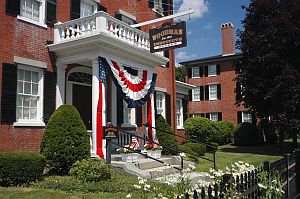
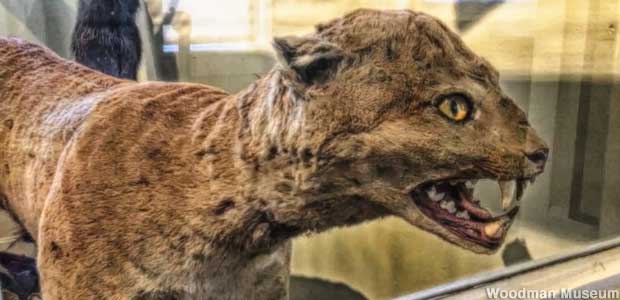
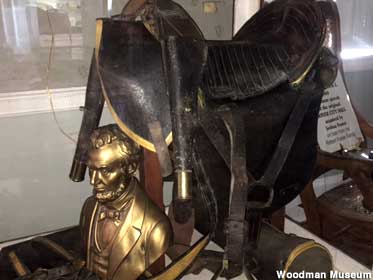










































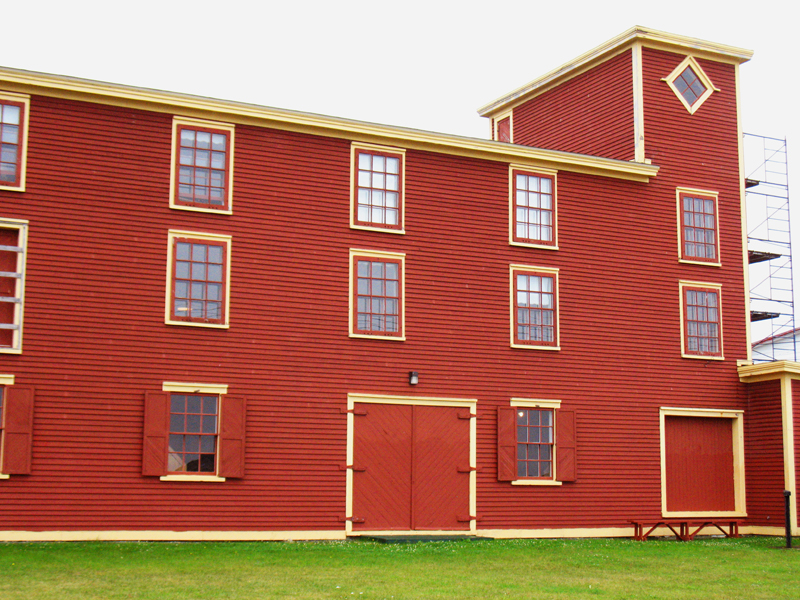
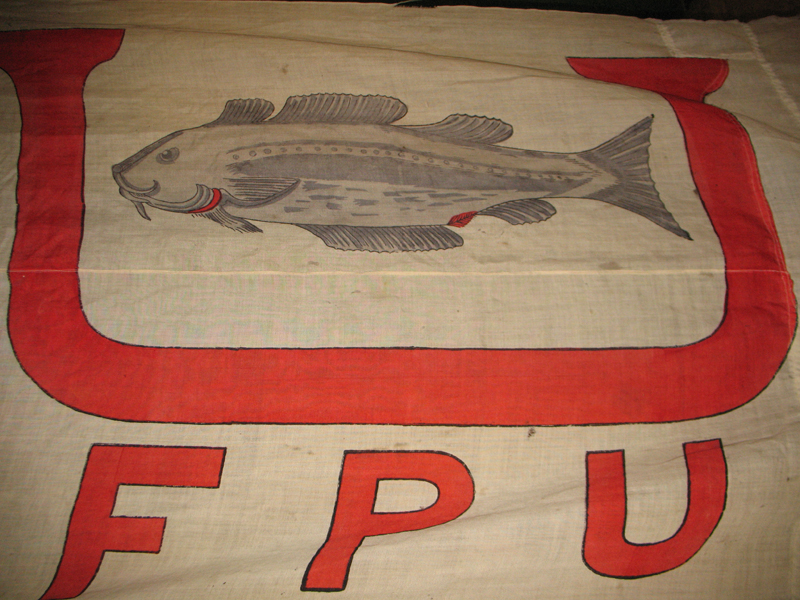
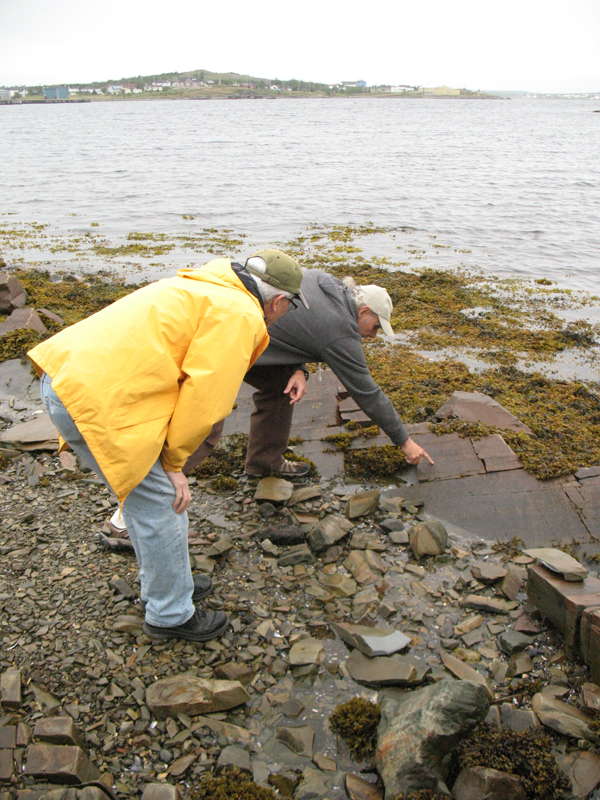


















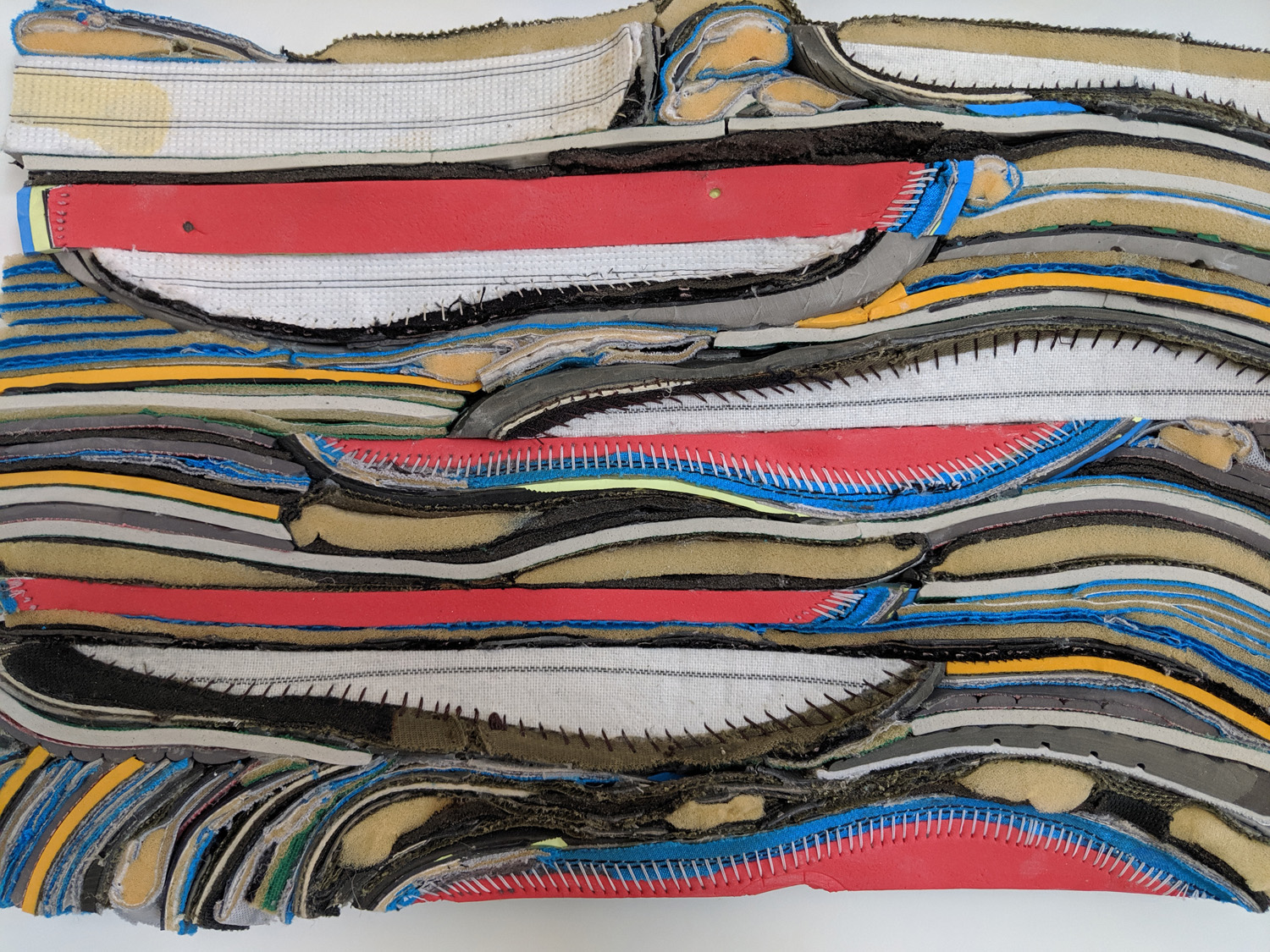








 We poured over the recipes to see if there was something new we could try. There was no shortage of options. We did NOT try:
We poured over the recipes to see if there was something new we could try. There was no shortage of options. We did NOT try:
 And we were oh so tempted by “Sex-in-a Pan”: (hmmm, is Dream Whip the same as Cool whip? Well, as I said, we didn’t have any.)
And we were oh so tempted by “Sex-in-a Pan”: (hmmm, is Dream Whip the same as Cool whip? Well, as I said, we didn’t have any.)

 Hurry, over, in fact, because the beautiful objects on display in the current exhibition, “
Hurry, over, in fact, because the beautiful objects on display in the current exhibition, “













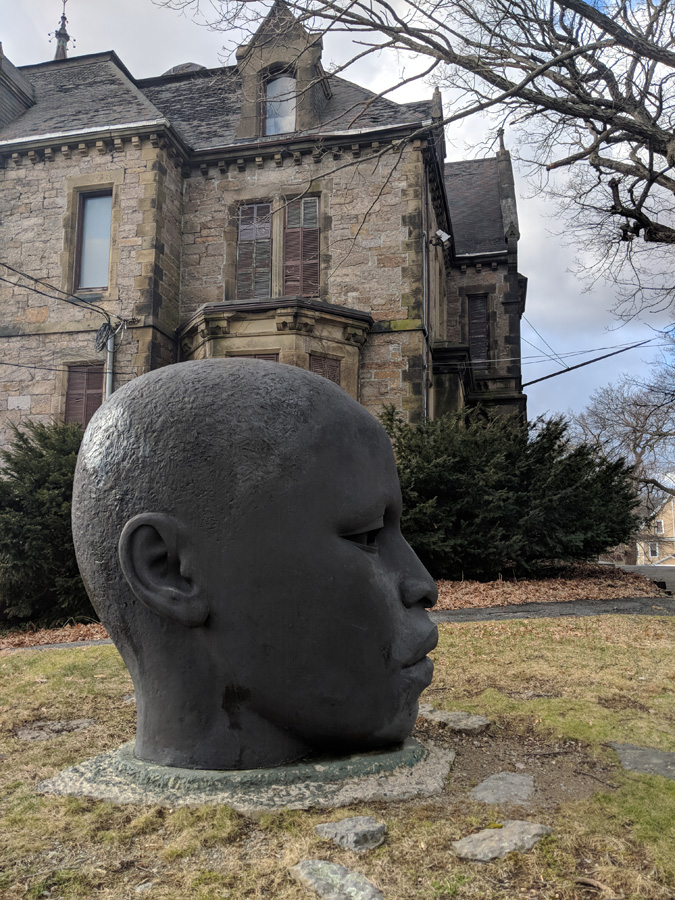


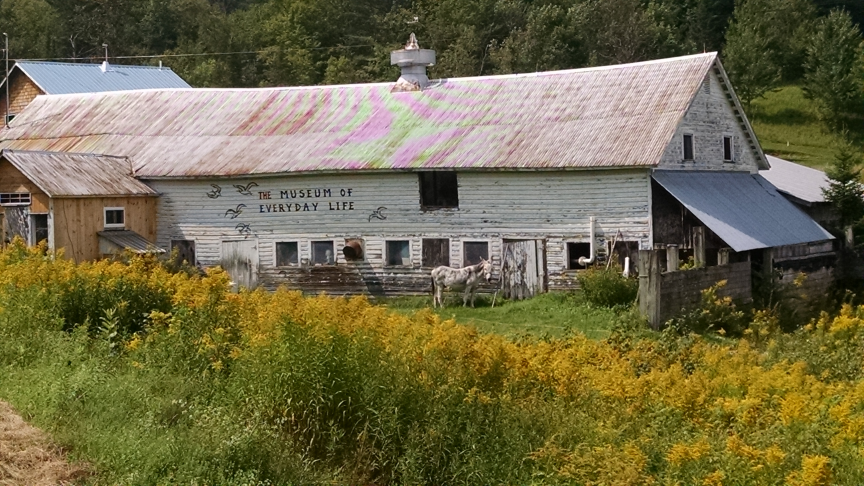


































































 It’s a photo my sister’s family discovered after my parents died. It appeared in Yank Magazine, published by the military for the benefit of the soldiers to keep them updated on the war effort. It’s the Victory Day issue. My father had sent it to his father back in Erie telling him that the girl looking at the camera was a girl he had fallen in love with. And that is both the beginning and end of my story.
It’s a photo my sister’s family discovered after my parents died. It appeared in Yank Magazine, published by the military for the benefit of the soldiers to keep them updated on the war effort. It’s the Victory Day issue. My father had sent it to his father back in Erie telling him that the girl looking at the camera was a girl he had fallen in love with. And that is both the beginning and end of my story.






























 Located just one hour’s drive north of San Francisco, in Pope Valley, Hubcap Ranch was the retirement home of
Located just one hour’s drive north of San Francisco, in Pope Valley, Hubcap Ranch was the retirement home of 








 Following in the enlightened footsteps of the hospital’s founder, the modern day (and current) director,
Following in the enlightened footsteps of the hospital’s founder, the modern day (and current) director, 





























































